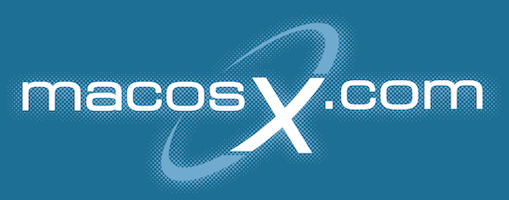jessismith
Registered
Hello fellow mac users,
I'm having a strange problem that i hope someone can help me with. I'm using a G4 cube with a 500mhz processor, 1.25 gig ram, and a 40 gig harddrive.
As I knew, I had 10 or 12 gigs available on my hard drive a couple of weeks ago- I keep all storage on an external drive, and only have program files and occational things on the desktop.
Yesterday when I used my computer, I began getting error messages saying "start up disk almost full". When I viewed the hard drive in the finder window, I noticed that there was less than 1 gig of space left. Tonight when I went on my computer, it says 0 kb left. How is this possible? I have saved nothing on the internal hard drive! I have restarted several times (in attempts to dump the cache), and ran a permissions repair in disk utility. Still no space left on HD.
If anyone can help, I would be so appreciative. I know I'm using an ancient computer here, but I don't have the cash for a new one, and with the memory upgrade, this one is usually efficient. Please please please help me! Thank you so much.
I'm having a strange problem that i hope someone can help me with. I'm using a G4 cube with a 500mhz processor, 1.25 gig ram, and a 40 gig harddrive.
As I knew, I had 10 or 12 gigs available on my hard drive a couple of weeks ago- I keep all storage on an external drive, and only have program files and occational things on the desktop.
Yesterday when I used my computer, I began getting error messages saying "start up disk almost full". When I viewed the hard drive in the finder window, I noticed that there was less than 1 gig of space left. Tonight when I went on my computer, it says 0 kb left. How is this possible? I have saved nothing on the internal hard drive! I have restarted several times (in attempts to dump the cache), and ran a permissions repair in disk utility. Still no space left on HD.
If anyone can help, I would be so appreciative. I know I'm using an ancient computer here, but I don't have the cash for a new one, and with the memory upgrade, this one is usually efficient. Please please please help me! Thank you so much.
